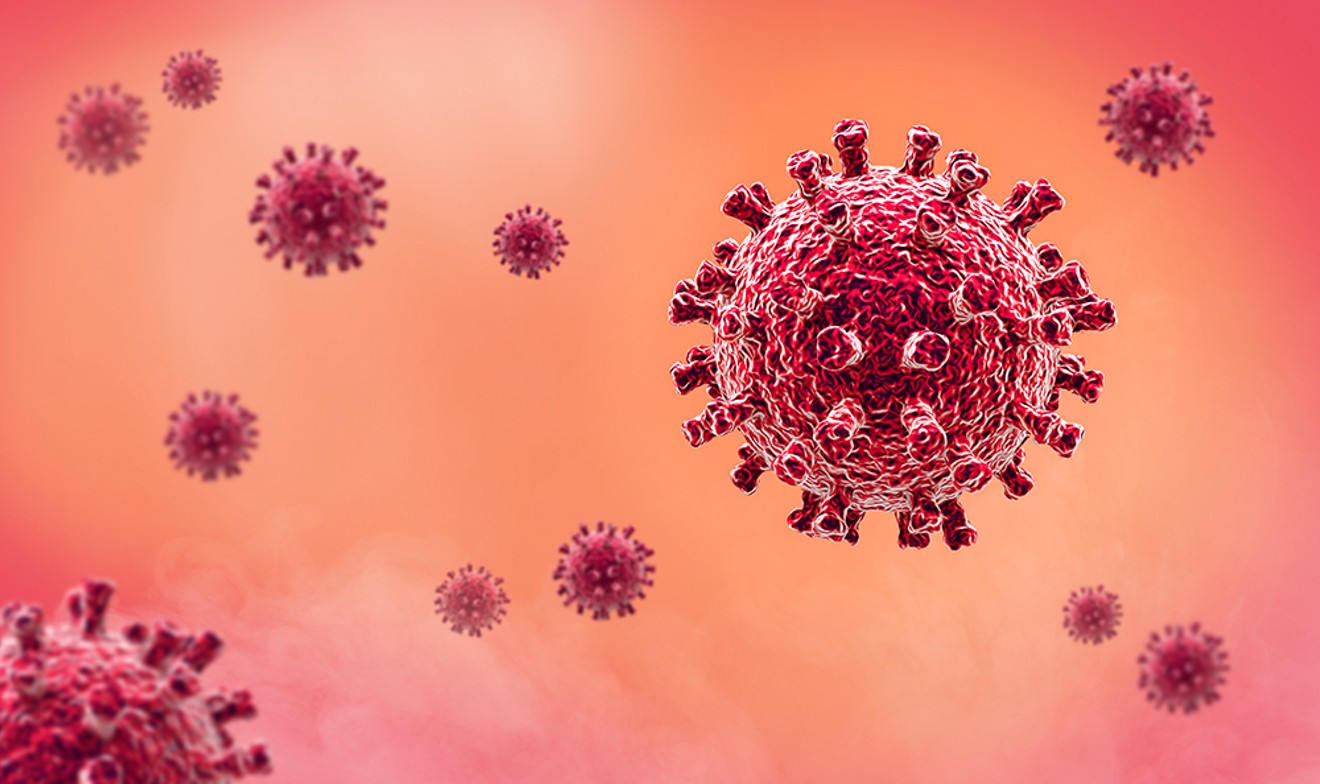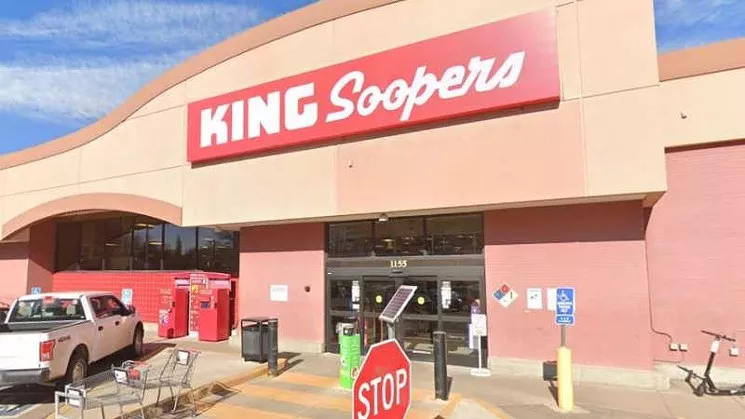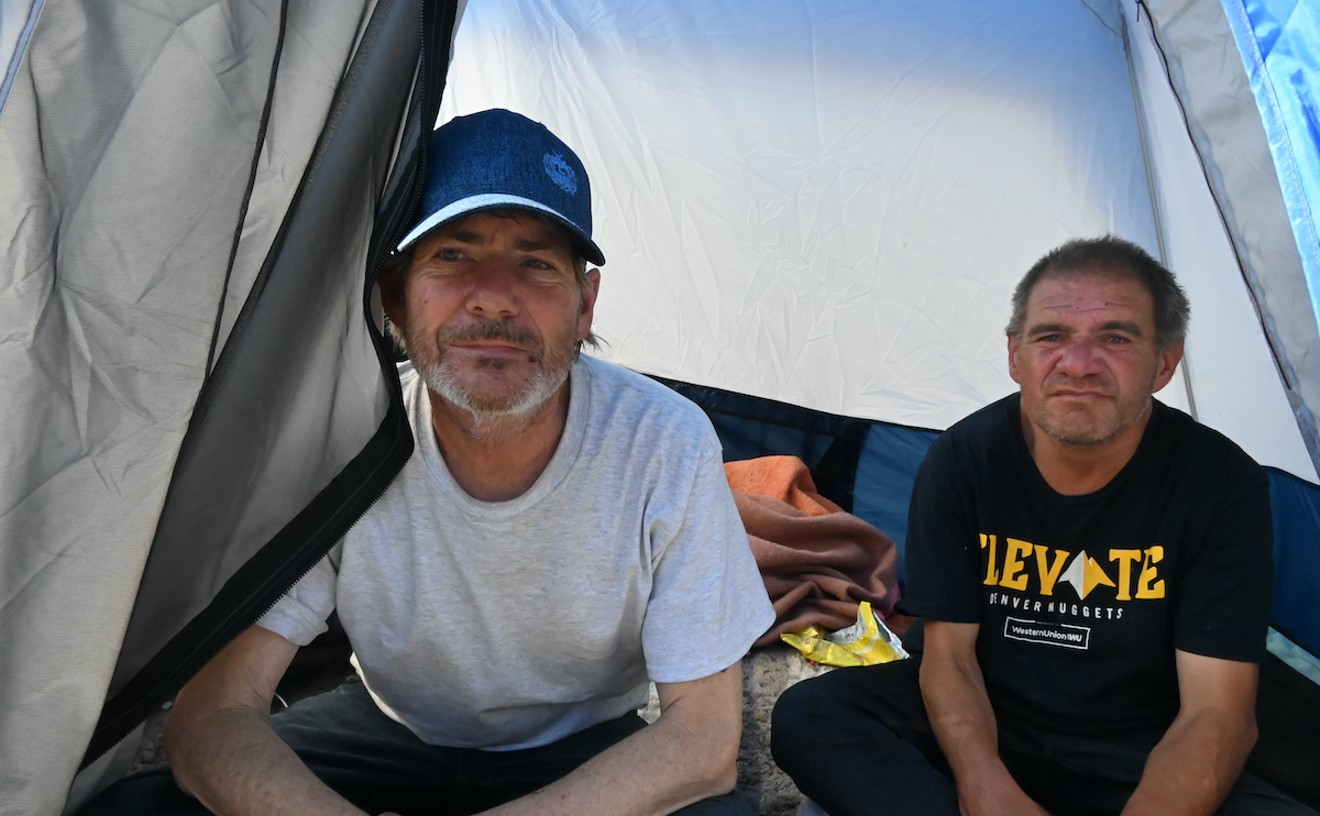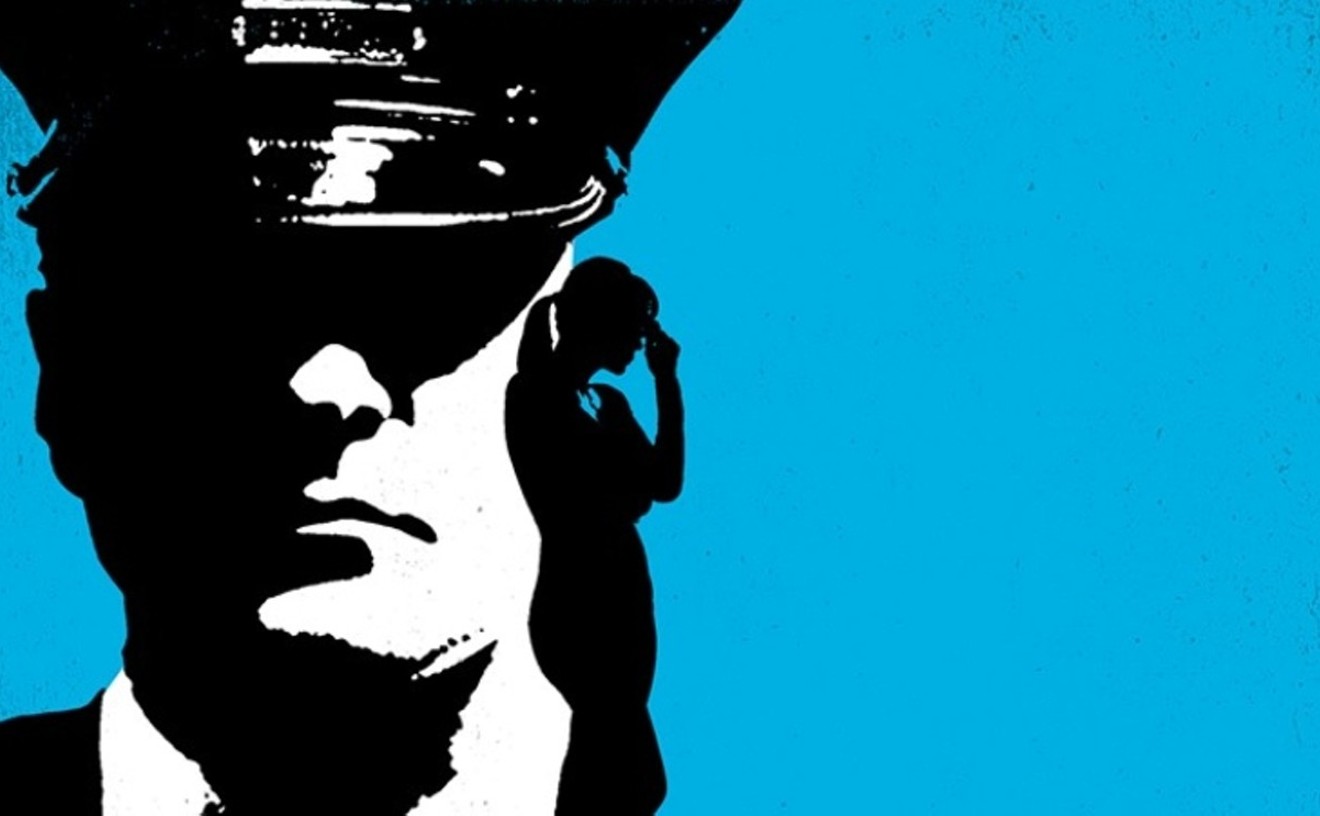It is late in the evening, and I’m driving north to meet my partner on a call. Usually one person would go, but in the time of COVID-19, we pair up. One of us makes sure that all equipment is sterilized and gets signatures, and the other makes contact with the person who died from complications because of the virus. We don PPE gear before going in: one Tyvek suit, two pairs of gloves each, a mask and a visor. We are escorted to the correct room, where I assist my partner with the transfer.
I am a last responder, and my job is to pick people up after they die.
This isn’t the first fatality from COVID-19 that our escort has seen, and she begins regaling us with a story of one of the more memorable ones. A woman came in showing mild symptoms, not severe enough for swift action. But soon after her admission, the virus struck and collapsed her respiratory system, asphyxiating her before anything could be done to ease her pain or save her life. I haven’t witnessed anyone die from the disease — or anyone die, ever — but our escort’s account puts into perspective just how merciless COVID-19 can be.
The bottom line of our job is safe transport of the body to either a funeral home or a coroner’s office. We are also responsible for ensuring that family members — who may not have been able to say goodbye because of quarantine — know that their loved one is in caring hands. We speak to them about what to expect in the following days and how to be prepared. We give them as much time as they need, with the goal of consoling them and easing their concerns through professionalism and empathy, pillars of this industry that are expected and that we honor.
I never anticipated working a job where the dead and the grieving would be part of my daily experience. But I was juggling three part-time gigs, needed a change, and took advantage of an unexpected opportunity early last year.
Seeing a dead body for the first time is quite a shock. For the most part, the person looks fine, as though they will wake up at any moment. Under certain conditions, air will leave their lungs during transport and they will groan, an eerie sound. With a little time, though, small changes to the body become apparent. The skin begins to smooth out and the wrinkles from years of smiling or frowning or squinting at small text fade. The eyes take on a slight fog, dulling their original color. Once the vessel fails and the unique personality that had animated it is gone, it seems as though the imprints of years are erased.
But the memories of the deceased remain.
On one of my first calls, we were taking someone’s grandmother, and a granddaughter came to stop us. She jumped on the cot and cried, broken, for her grandmother to come back. I felt broken, too, and without my colleagues, I’m not sure I could have done it.
Even in usual years, including my first on the job, we are called out most frequently during winter and early spring, for calls often attributed to viral infection. It is no mystery that people with health complications from advanced age or diseases have a harder time surviving a virus; their bodies simply cannot fight anymore. But the onslaught of COVID-19 has narrowed the margin of survivability during a period when it is already thin. That narrowing didn’t come as a surprise in early March, because we’d watched what had unfolded in China and Italy, but we didn’t understand just how catastrophic it could be until full PPE gear became a regular addition to our uniform.
Having to enter communities experiencing a COVID-19 outbreak can be stressful. That’s an obvious statement, I know, but the stress doesn’t come entirely from the knowledge that there’s an invisible killer that can be anywhere at all times. It also comes from watching people’s respiratory systems betray them with such ferocity that they can hardly cry out for help. The elderly who are in the community outbreaks at nursing homes are usually lucid, or know enough about what’s going on to realize that their likelihood of survival is low. That’s a devastating piece of knowledge as they watch their roommate leaving with me. I often wish I was gifted with the ability to put people at ease in uncertain times, to be able to impart a sense of “It’s going to be okay,” but I’m not. And on occasion, we have gone back for that roommate.
We nearly ran out of space during the first COVID-19 peak this spring, and worked tirelessly to make sure the dead made it to their destination. Many facilities needed to rent or buy refrigeration trucks that would near capacity on a daily basis, prompting runs to hardware stores for materials to build shelving. During a typical April, we pick up around 300 people. This year, we picked up over 700, topping 40 people over our busiest weekend.
The number of confirmed cases brought into our facility declined through the early weeks of June, but they’re again on the rise. We’ve have seen grocery stores in the Denver area labeled as outbreak sites, along with a strip club; restaurants closed to sanitize because employees have become ill with the virus. And as we dine and drink, we observe unmasked individuals and think back to the warnings imparted by experts about the days ahead.
Jonathan Samet, professor of epidemiology and environmental and occupational health and dean of the Colorado School of Public Health, helped in modeling a future where we fall short of observing best practices and allow travelers to this state to go unchecked. “What happens will really depend on what we do, and, of course, what our visitors do,” he said during an online webinar. “And I think the picture from our own model — and it’s really tailored to Colorado — probably presents a more favorable picture, but the biggest unknown, really, is what we do and what our visitors may bring to us and how we all mix.”
As a country, we are no stranger to such disasters. The Spanish flu devastated the world, and our records of that time tell just how catastrophic it was. Soldiers first showed the symptoms in March 1918, quickly spreading the virus among themselves, then taking it with them when they were deployed to Europe. A second wave followed in September, the most fatal of the three waves. Before it was done, that flu killed around fifty million people worldwide, and roughly 675,000 in the United States.
During this period, funeral homes were similarly overwhelmed, and funerals and wakes were held to a capacity so low that some family members weren’t able to attend; sometimes removals couldn’t happen as readily as needed, and families had to keep loved ones in their own homes. But in New York, many of the unclaimed who died of COVID-19 were taken to a mass burial site on Hart Island, where they would rest with others taken there a century before.
Today, cases in most states are increasing at a rapid pace. Colorado’s rate is growing, too, but at a less alarming speed. Still, the possibility of a second surge here is very real. Samet and Rachel Herlihy, the state epidemiologist, both say that in order to mitigate a second wave and prevent our ICUs and ventilators from being overwhelmed, we must reduce our normal interaction by 60 to 65 percent. “But really, it’s not enough to just have those public-health strategies in place. We really need the help of the public to contain transmission of this virus,” says Herlihy. “Through the summer, we really need to continue to practice high levels of social distancing. … Fewer than half the interactions that you would normally have with other people need to be what this summer looks like.”
I don’t consider myself a hardened person, and frankly, I don’t want to be. Families who grieve still move me, and I feel a great amount of empathy for a wife or husband trying to map a future without their spouse, kids trying to envision life without a parent or sibling, a mother and father mourning the loss of a child. It is often important for people to say goodbye to someone in the place where they passed. Surrounded by photos of loved ones and tokens that mark memorable times, they still belong to those who care…but once they leave for cremation or burial, they belong to the earth or the sky. The most heart-wrenching thing about COVID-19 may be that it takes those last moments of belonging away. I often enter empty rooms that would otherwise be filled with family.
Heading out of the Fourth of July weekend, Colorado had 34,065 confirmed cases, according to the state Department of Public Health and Environment; 1,701 people had died while infected with coronavirus, 1,521 of those because of COVID-19. Although the deaths so far reflect only a small percentage of the state’s population, they are more than faceless numbers. They were humans who were loved, valued.
As last responders, we are always prepared for mass-casualty situations, whether a traffic accident, active shooter or, in this case, a pandemic. Extraction is our primary goal, but woven into that duty are nuances such as talking to family and navigating tough terrain to impart a dignified and somewhat ceremonious departure.
We carry pillows, and people often ask why: We do it so families see that we care, even though their loved one is not in a state to be concerned with such things. We put ourselves in the position of the deceased or the family, to ensure that their farewell is cherished. This is a mass-casualty situation, and as last responders, we want to protect people’s privilege to be a part of our task. To do that during these times, we must all work together.
The author was terminated from his job when he told his employer that he was writing this piece. “It is important for the story of COVID-19 to be detailed from all experiences, and this one is mine,” he explains.
[
{
"name": "Air - MediumRectangle - Inline Content - Mobile Display Size",
"component": "12017618",
"insertPoint": "2",
"requiredCountToDisplay": "2"
},{
"name": "Editor Picks",
"component": "17242653",
"insertPoint": "4",
"requiredCountToDisplay": "1"
},{
"name": "Inline Links",
"component": "18838239",
"insertPoint": "8th",
"startingPoint": 8,
"requiredCountToDisplay": "7",
"maxInsertions": 25
},{
"name": "Air - MediumRectangle - Combo - Inline Content",
"component": "17261320",
"insertPoint": "8th",
"startingPoint": 8,
"requiredCountToDisplay": "7",
"maxInsertions": 25
},{
"name": "Inline Links",
"component": "18838239",
"insertPoint": "8th",
"startingPoint": 12,
"requiredCountToDisplay": "11",
"maxInsertions": 25
},{
"name": "Air - Leaderboard Tower - Combo - Inline Content",
"component": "17261321",
"insertPoint": "8th",
"startingPoint": 12,
"requiredCountToDisplay": "11",
"maxInsertions": 25
}
]












